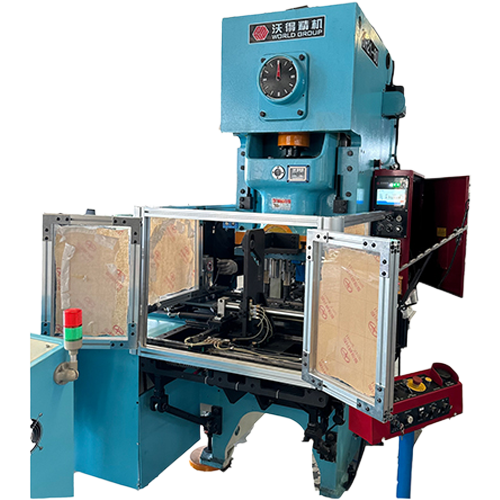Complete Guide to Sealing Machine Fault Analysis
Can sealers are mainly used to encapsulate items to be packaged. After decades of development, it has become one of the packaging machinery products with a complete range and perfect functions. Can sealing machines can be divided into can sealing machines without sealing materials, can sealing machines with sealing materials and can sealing machines with auxiliary sealing materials. According to the mechanical properties of packaging materials, they are divided into two categories: rigid container sealing machines and flexible container sealing devices. Common rigid container sealing machines include screw cap sealing machines, tubular sealing machines, knurled sealing machines, plug sealing machines, gland sealing machines, edge sealing machines, etc. Different types of can sealing machines can realize the sealing operation of various kinds of goods. With the increase in the types of can sealing machines, their application in the industrial field is becoming increasingly widespread. During the use of can sealers, we often encounter the following failures. Below we take a look at the common failures during the use of can sealers.
(1) The can is not sealed tightly. The cause of the failure is that the pressure of the cold-pressed rubber wheel is not suitable, the heat sealing speed is too fast, the heat sealing temperature is insufficient, and the quality of the heat sealing film is defective. At this time, the heat sealing temperature can be appropriately increased, while the heat sealing speed can be reduced and the pressure of the cold-pressed rubber wheel can be increased.
(2) The thermometer shows an abnormality, causing the sealing temperature to lose control, the heat sealing temperature to be unstable, and the sealing area to become burnt, the seal to be loose, deformed, or unsightly. The main cause of the failure is that the thermometer is damaged and must be repaired; in addition, the thermocouple may also break, causing the induced temperature to not be transmitted to the thermometer normally. Simply replace the thermocouple with the same model specification.
(3) The can sealer stops and starts, and the speed is unstable. The main cause of the failure is that the connection between the motor shaft and the gearbox falls off and becomes loose. This can be solved by re-tightening the screws to align the parts.
(4) Irregular impressions and bubbles appear in the sealed area. This type of failure is more common and mainly stems from the unevenly arranged concave and convex patterns on the cold-pressed rubber wheel being directly mapped onto the packaging, making the sealing area more prone to this phenomenon. When the indentation is obvious, long-term use of the equipment will cause dust and plastic debris to adhere to the high-temperature belt, causing the high-temperature belt to be uneven and uneven, resulting in uneven heating of the tank sealing surface and the generation of bubbles after pressing by the cold pressing wheel. Replacing the cold-pressed rubber wheels and re-cleaning or replacing the high-temperature belt can eliminate the problem.
Recommended Products


 EN
EN
 中文简体
中文简体 English
English













